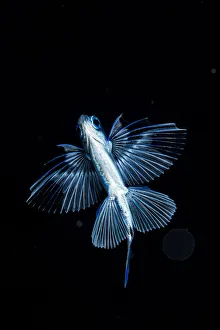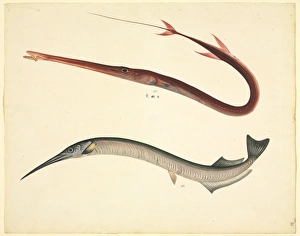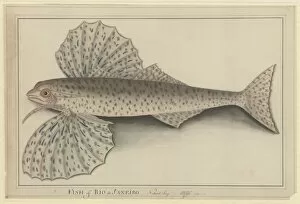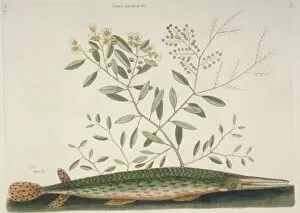Beloniformes Collection
Beloniformes, also known as the needlefish or flying fish family, is a fascinating group of marine creatures that never fails to captivate our imagination
All Professionally Made to Order for Quick Shipping
Beloniformes, also known as the needlefish or flying fish family, is a fascinating group of marine creatures that never fails to captivate our imagination. These agile swimmers are renowned for their unique ability to glide above the water's surface, evading predators and covering impressive distances. One remarkable sight in the open ocean is witnessing tuna chasing after flying fish with astonishing speed and precision. It's a thrilling display of nature's relentless pursuit and survival instincts at play. The Tropic of Cancer serves as a stage for this captivating chase, where these two species engage in an exhilarating dance. In the Sargasso Sea of the Atlantic Ocean, one can find the mesmerizing Gyre flyingfish (Prognichthys glaphyrae). Its iridescent scales glisten under the sun as it gracefully soars through the air. This stunning creature reminds us of nature's artistic prowess and its ability to create wonders even in seemingly desolate places. The adult Black skimmer (Rynchops niger), adorned in its breeding plumage, is another member that captures attention effortlessly. With its striking black-and-white appearance and uniquely designed beak for skimming across water surfaces while hunting prey, it stands out among other avian species. The Tropical Two-wing Flyingfish (Exocoetus volitans) showcases pectoral fins resembling wings on either side of its body—an adaptation that allows it to achieve impressive aerial maneuvers. Illustrated from a side view, this species exemplifies how evolution has shaped animals into extraordinary forms suited for their environment. Within this diverse family lies various members like Mediterranean spearfish (Tetrapturus belone), Atlantic agujon needlefish (Tylosurus acus), and Garfish (Belone belone). Each possesses distinct characteristics that make them integral parts of marine ecosystems worldwide. From historical illustrations found in LS Plate 154 from John Reeves Collection to modern photographs like Picture No.













